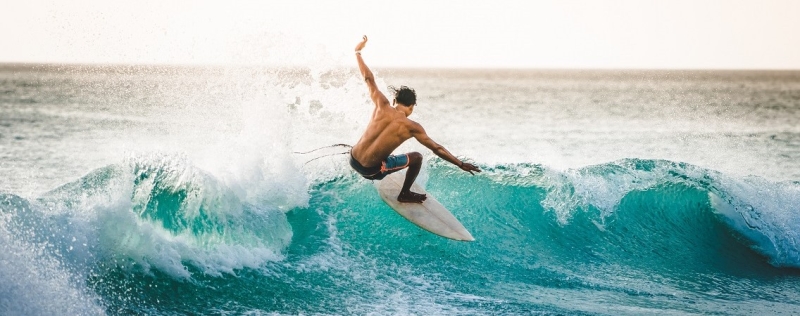
Stormy waves, splashes and wind in your face, overcoming fear, first successes and bright photos on social networks – this is all surfing. You can ride the waves famously not only on distant exotic coasts, but also at almost home resorts. We talk about popular spots in Russia and abroad to master the basics of surfing, ride the wave and join the friendly community of extreme sports enthusiasts passionate about conquering the elements.
Russia
Pacific Ocean, Kamchatka
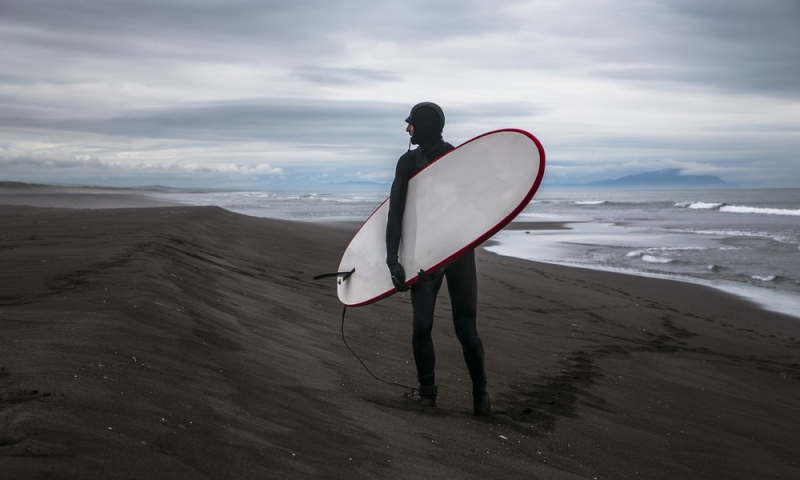
Here is the only spot in Russia where ocean waves are available to adventure lovers. Khalaktyrsky Beach on the Pacific Ocean is easily accessible in half an hour from Petropavlovsk-Kamchatsky. The training will be complemented by black volcanic sand, stunning views of the hills and the proximity of curious seals and sea lions. Waves delight surfers all year round, but it is more comfortable to master the skill of board control in the summer months. At the same time, a wetsuit is a necessary part of equipment even in summer, because the water warms up only to +18 °C.
There are several surf schools on Khalaktyrsky beach: QUIKSILVER, Surfway Kamchatka, Snowave Kamchatka. The cost of board and wetsuit rental starts from 4,000 rubles per day, group lesson – from 5,000 rubles. The place is popular among surf camp organizers: in their free time from training, participants climb one of the volcanoes, taste local cuisine and enjoy sunsets.
How to get there: direct flight from Moscow to Petropavlovsk-Kamchatsky in 8.5 hours, then by taxi.
Where to stay:
- At the Friends hostel (rating 8) – from 2,400 rubles per night*.
- In the guest house ATLAS (score 10) – from 4,000 rubles per night*.
- At the Three Skis Hotel (rating 9.4) – from 4,400 rubles per night*.
- In the three-star apart-hotel Peak 3456 (rating 8.8) – from 8,550 rubles per night*.
Baltic Sea, Kaliningrad region
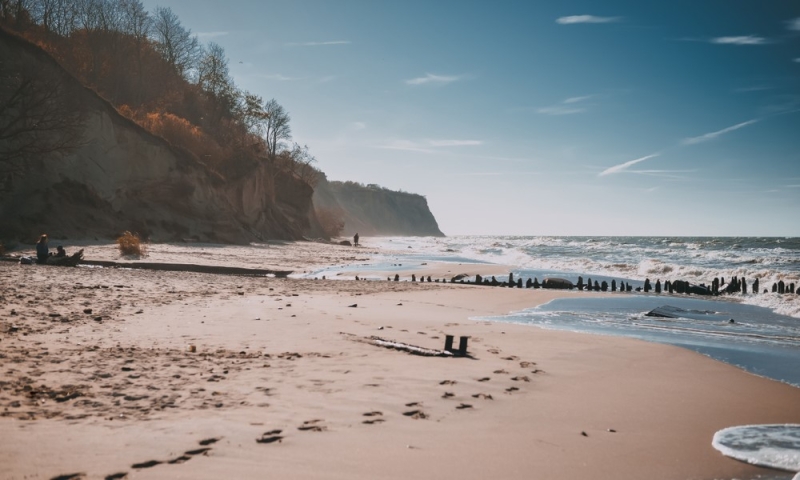
The Baltic Sea is not only kilometers of sandy beaches, but also dozens of spots, surf schools and stations scattered along the coast. Storms in the Baltic are common all year round, but the largest waves occur from September to January. Beginners will find it more comfortable to master the basics on small summer waves; their height is usually from one and a half to two meters. A gentle entrance will make the first lessons easier, but it is worth remembering that the water rarely warms up above +19–21 °C.
Most of the schools are located in Zelenogradsk: these are König Surf Club, BALTIC SUP SURF, SURF DE CRANZ. One group lesson will cost 3,000 rubles, renting a board and wetsuit for independent skating costs 1,600 rubles. The cost of a thematic camp for 10 days with accommodation starts from 61,000 rubles.
How to get there: direct flight from Moscow to Kaliningrad in 2.5 hours, then by bus or taxi.
Where to stay:
- At the Crystal Hotel (rating 9.4) – from 7,650 rubles per night*.
- At the Plantage apart-hotel (rating 9.4) – from 10,000 rubles per night*.
- At the Princess Eliza Hotel (rating 9.4) – from 16,800 rubles per night*.
Sea of Japan, Vladivostok
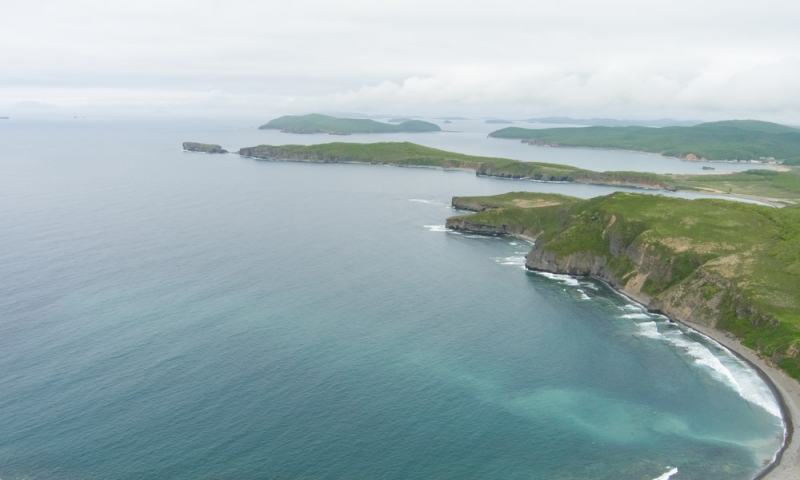
In Vladivostok you can ride all year round, but the most comfortable time for training is from mid-May to mid-October. In winter, the water temperature is +13 °C, and in summer it warms up to +20–25 °C. A constant wind produces stable waves ranging from one and a half to two meters high. The pebble bays of Patroclus and Sobol within the city are suitable for your first attempts at boarding.
The bays and sandy beaches of Russky Island are another popular place among surfers. One of the best spots is located on Cape Akhlestyshev, a 20-minute drive from the city. The Swell school is based here: the guys teach beginners and advanced athletes. In a surf camp on the shores of the Sea of Japan, you can not only join the amazing world of gliding on the waves, but also live among like-minded people in an eco-house, tent or yurt. A group lesson will cost 4,000 rubles, an individual lesson costs 7,000 rubles, and the guys also conduct classes for children from 6 years old. There is equipment rental: experienced athletes can rent a wetsuit and board for 2,000 rubles for two hours and go conquer massive waves in the nearby Chernyshev Bay.
How to get there: by plane from Moscow to Vladivostok in 8 hours, then by bus or taxi.
Where to stay:
- At the Krestovaya Sopka hotel (rating 8.5) – from 5,000 rubles per night*.
- At the One Sea apart-hotel (rating 8.4) – from 9,350 rubles per night*.
- In the three-star EP Boutique Hotel (rating 8.9) – from 12,900 rubles per night*.
- At the Gavan Hotel (rating 8.2) – from 18,900 rubles per night*.
Sea of Okhotsk, Sakhalin
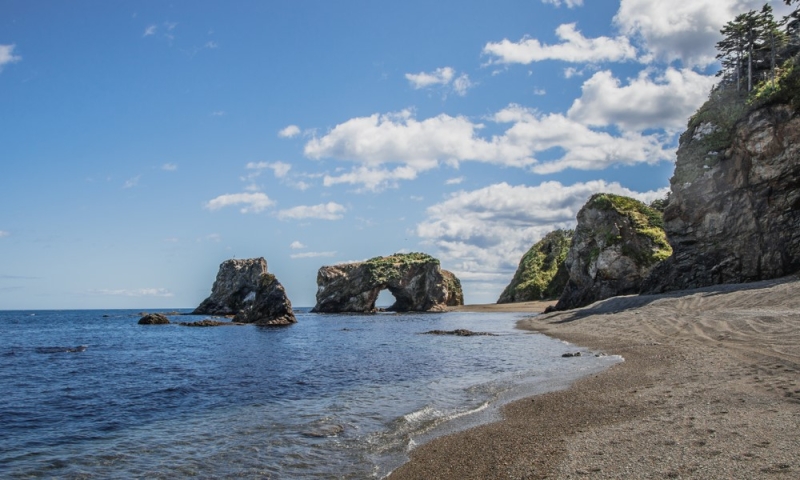
On Sakhalin, surf spots are available on the coast of two seas at once, the Okhotsk and the Japanese. The most comfortable time for skiing is from May to the end of October. There are not waves here every day, so it is better to have a few days in reserve in case of calm and check the weather forecast in advance. The water temperature in summer is about +17 °C, wave heights range from 0.8 meters comfortable for beginners to serious 4–5 meters.
Popular spots are located on the east and west coasts: Tikhaya Bay, the vicinity of the villages of Yablochnoye and Okhotskoye, and the bay near Nevelsk. There are surf schools in the region: Islanders school and Snow Surf Project. One lesson with equipment rental and transfer to the spot costs from 6,000 to 8,000 rubles, a subscription for three lessons costs 18,000 rubles. You can rent a set of equipment for 4,000 rubles.
How to get there: direct flight from Moscow to Yuzhno-Sakhalinsk in 8 hours, then by bus or taxi.
Where to stay:
- At the Yunost Hotel (rating 9.7) – from 4,400 rubles per night.
- At the Sakhalin Sapporo hotel (rating 9) – from 7,600 rubles per night.
- In the four-star Santa Resort Hotel (rating 10) – from 8,900 rubles per day.
White and Barents Seas, Murmansk region
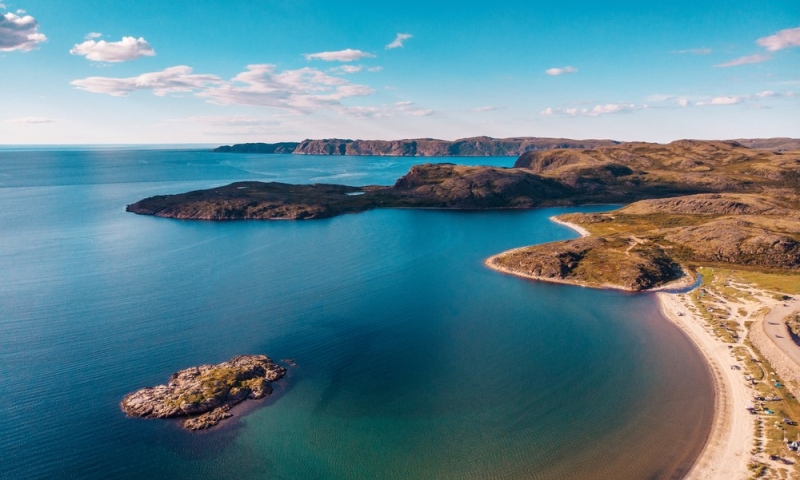
The Rybachy Peninsula and Teriberka, famous by Andrei Zvyagintsev, are not only the location for filming “Leviathan” and the northern lights, but also the opportunity to surf in truly harsh conditions. Strong currents, frequent storms, wind, rocky shores and pitfalls, waves up to 5 meters high and cold summers will challenge even experienced surfers. You can’t ride here without a wetsuit: the water temperature, even in August, rarely rises above +11 °C. But if you’re lucky, you’ll get to see whales.
There are no surfing schools in Teriberka yet – more often people come here to snow kite or swim on SUP boards. You can consult the guys from ArcticSup on spots and waves – they conduct tours with swimming in the open sea and regularly explore new locations.
How to get there: by plane from Moscow to Murmansk in 2.5 hours, then by bus or taxi.
Where to stay:
- At the Teriberka Tour campsite (score 9.4) – from 3,200 rubles per day*.
- At the Arctic Brewery Hotel (rating 9.2) – from 6,200 rubles per night*.
- In the glamping “Aurora Village” (score 7.8) – from 8,500 rubles per day*.
Abroad
Indian and Pacific Ocean, Bali
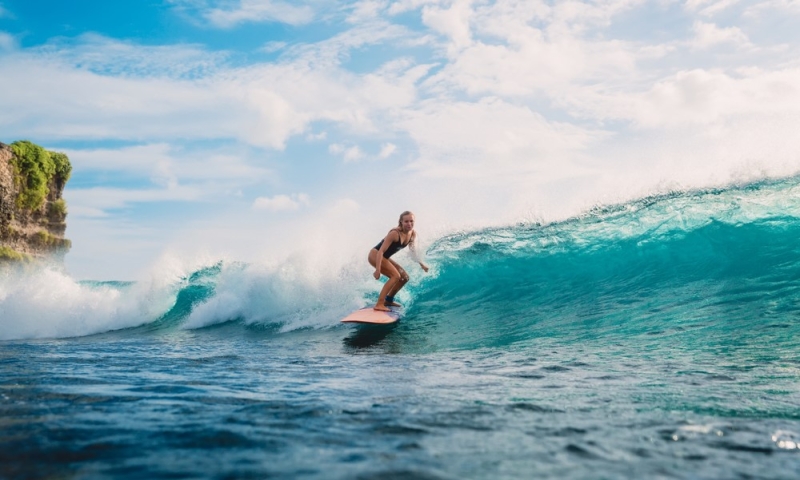
The island in Indonesia attracts surfers from all over the world. Snow-white beaches, magnificent waves up to three meters high, constant water temperatures of +28–29 ° C and a friendly community are the hallmarks of surfing in Bali. You can ski on the coast of the Indian and Pacific Oceans all year round: more than four dozen large spots of different difficulty levels await beginners and experienced athletes. Fast and sharp or long gentle ones – everyone will find their favorite wave on the island. The best time for surfing is the dry season, from April to October. Easterly winds produce stable waves on the west coast of the island. During the rainy season from November to March there are fewer surfers, as the weather is less stable, but you can surf in the southeast of the island.
On the Bukit Peninsula, in Kut, Canggu, Seminyak and Batu Bolong, there are dozens of surf schools, from international to Russian, where you can find Russian-speaking instructors. One lesson costs from 15 to 60 US dollars (1,400 – 5,700 rubles) depending on the number of participants, school and duration of the training; you can rent a board from 10 US dollars (900 rubles) per day. Schools often organize surf camps and camps on the island, their cost starts from 370 US dollars (35,000 rubles) per week with accommodation.
How to get there: by plane from Moscow to Denpasar with a transfer in Istanbul, Doha or Dubai, travel time from 17 hours.
Where to stay:
- At the Ara Inn bed and breakfast (rating 9) – from 1,900 rubles per night*.
- In the three-star Febri’s Hotel & Spa (score 9) – from 4,300 rubles per day*.
- At the four-star Sulis Beach Hotel & Spa (score 9.1) – from 4,800 rubles per day*.
- In the four-star hotel Amnaya Resort Kuta (rating 9.4) – from 13,900 rubles per day*.
Atlantic Ocean, Portugal
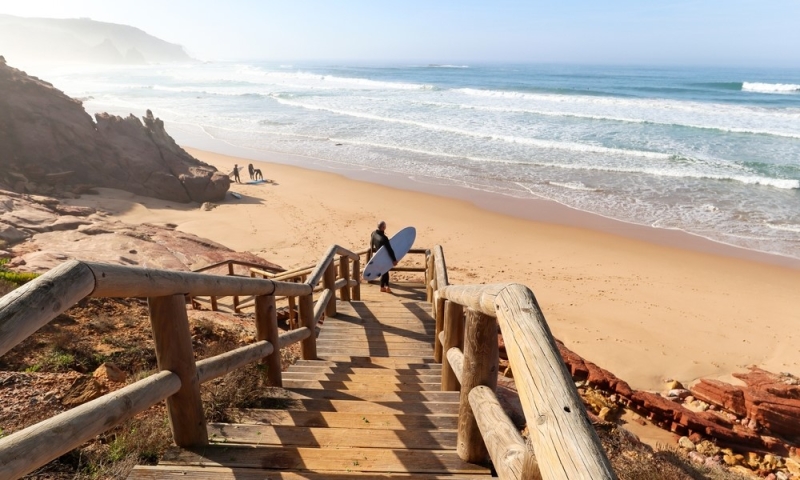
The fishing town of Ericeira on the shores of the Atlantic Ocean is the surfing capital of Portugal, one of the world’s nine wave reserves and a point of attraction for extreme sports enthusiasts from beginners to professionals. Nearby is the city of Peniche, another Mecca of European surfing – stages of the World Championship are held here. People ride on the Atlantic coast all year round, but it will be more comfortable to master the intricacies of board control from May to September. The water warms up to +19–22 °C, so a thin wetsuit will be enough. The height of the waves in the warm season is from half a meter to three meters, sandy beaches provide a relatively safe landing.
There is a friendly community of surfers and many schools on the coast, but finding a Russian-speaking instructor will be more difficult than in Bali. The cost of one group lesson varies from 30 to 45 US dollars (2,800 – 4,300 rubles), experienced surfers can rent a board for 15 US dollars per day (1,400 rubles). For a deep dive into the topic, you should choose a themed camp with accommodation – the cost of this option for a week varies from 350 to 450 US dollars (33,000 – 43,000 rubles).
How to get there: by plane to Lisbon with a transfer in Istanbul, travel time from 10 hours, then by bus or taxi.
Where to stay:
- At the Hostel & Surfcamp 55 (rating 8.9) – from 6,300 rubles per day*.
- In the guest house Sea Garden, Residência (rating 9.1) – from 7,800 rubles per night*.
- At the guest house Magic Quiver Surf Lodge (rating 8.5) – from 10,000 rubles per day*.
- At the Villa Ana Margarida hotel (rating 9.2) – from 13,100 rubles per night*.
- At the RIDE Surf Resort & Spa (score 8.9) – from 15,800 rubles per day*.
*Prices are current at the time of publication.

